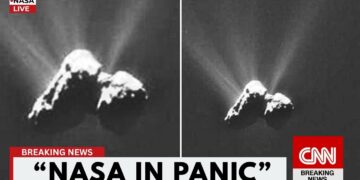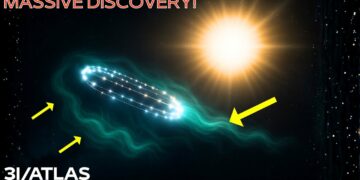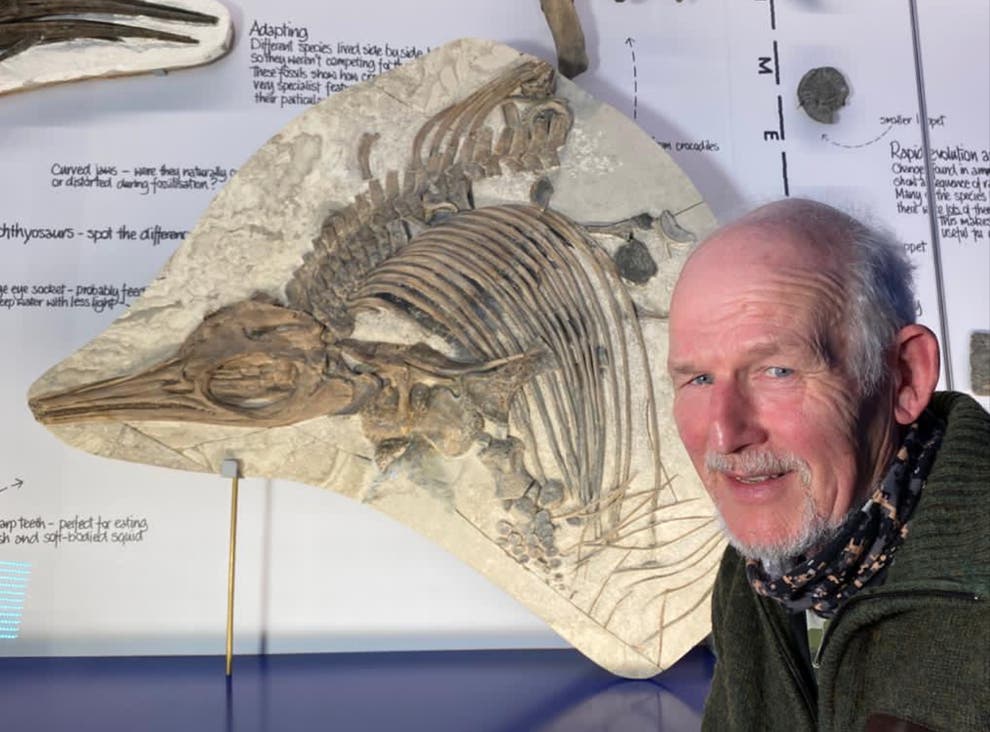Astronomers often find solace in discoveries like beautiful nebulae, star births, and distant galaxies that highlight the vast, awe-inspiring nature of the universe. However, some findings disrupt this comfort, reminding us that space is not only beautiful but also unpredictable, hostile, and sometimes terrifying. Such is the case with a recent discovery by the James Webb Space Telescope, humanity’s most advanced cosmic observatory. It has detected an object hurtling toward our solar system from beyond the heliopause—the boundary where our sun’s influence fades. This is not an asteroid from our belt or a comet from the Oort Cloud. It’s an interstellar object, having traveled unimaginable distances through the cold, dark void between stars. Named 3I Atlas, this object is moving at an astonishing speed and behaving in ways that defy expectations for a typical comet. Its unusual brightness, massive size, and ancient origins are forcing scientists to question whether it’s merely a relic from another star system or something far more mysterious.
The discovery began on July 1, 2025, when the Atlas Survey Telescope in Rio Hurtado, Chile, conducting routine scans for near-Earth objects, detected an anomaly—a faint speck moving faster than anything typically observed. Initially cataloged as a potential comet, further analysis revealed its hyperbolic orbit, indicating it originated outside our solar system. This marked it as only the third known interstellar object, following ‘Oumuamua in 2017 and Borisov in 2019. Named 3I Atlas, it was traveling at 58 km/s—nearly twice as fast as Borisov and far quicker than ‘Oumuamua—suggesting it was propelled by an immense force. Its trajectory was clear: it was heading straight into the heart of our solar system.
When the James Webb Space Telescope focused on 3I Atlas, the results were startling. Instead of a blurry, icy rock with a dusty coma, it revealed a bright, complex object with a nucleus approximately 10 km wide—far larger than its predecessors. Its coma, a halo of dust and gas, was unusually bright, suggesting intense internal activity. The object’s rotation was remarkably stable, with a 29-hour period, yet its brightness barely varied, indicating a smooth, uniform surface unlike the chaotic nature of typical comets. Unlike Borisov, which shed plumes of dust and gas, 3I Atlas appeared restrained, maintaining its form with minimal variation in its light curve, which seemed almost artificial. Spectral analysis showed chemical signatures redder than D-type asteroids, hinting at exotic origins. This orderliness led some to question whether 3I Atlas was a natural object or something intentionally designed.
If natural, 3I Atlas is extraordinarily ancient, estimated to be 3 to 11 billion years old—potentially predating our sun. This suggests it could carry materials from a long-dead star system, shaped by processes alien to our galaxy. Yet, its pristine condition after billions of years of interstellar travel is baffling. Cosmic radiation, micrometeorite impacts, and the emptiness of space should have eroded it, but 3I Atlas remains intact, massive, and bright. Some propose it’s made of exotic, highly dense materials, while others speculate it could be a fragment of a destroyed planet. More unsettling theories suggest its durability and stability might indicate a constructed object, designed to endure eons and reach our solar system.
The object’s trajectory adds to the unease. It will reach its closest point to the sun on October 30, 2025, passing just inside Mars’ orbit before exiting the solar system. Unlike other interstellar comets, its path seems too precise, threading gravitational influences in a way that feels deliberate, as if designed to be observed without colliding with Earth. Some astronomers argue this is simply celestial mechanics, but others suspect navigation, as if 3I Atlas was meant to be seen at this precise moment when humanity’s technology could detect it.
Further observations deepened the mystery. Unlike typical comets, which emit heat chaotically, 3I Atlas regulates its energy output in rhythmic pulses, resembling a heartbeat. Infrared data revealed these pulses follow mathematical patterns, including prime numbers and Fibonacci sequences, making random chance statistically unlikely. High-resolution images showed a smooth, uniform surface with angular, reflective regions that appeared crystalline or metallic, unlike the irregular shapes of natural comets. These features fueled speculation that 3I Atlas might be an engineered construct, designed to survive the interstellar void.
Initially, data about 3I Atlas was shared openly, but as evidence of its unusual nature grew, transparency waned. Reports were delayed, data streams went silent, and researchers became reticent. Leaks suggested classified briefings among governments, defense organizations, and space agencies, with some sources claiming the object’s signals were too deliberate to dismiss. Publicly, officials maintained calm, but urgency was evident behind closed doors. Even Elon Musk tweeted cryptically about the universe becoming “more interesting,” hinting at private space companies’ involvement in the secrecy.
The most unsettling aspect is 3I Atlas’ trajectory beyond its solar approach. Instead of a straightforward exit, its path will shift, bending toward the outer solar system, possibly passing Saturn before vanishing. Some speculate it’s navigating toward a rendezvous beyond the Kuiper Belt. This purposeful movement suggests 3I Atlas is not a random visitor but a deliberate presence, possibly a probe or messenger.
Far from a typical comet, 3I Atlas—with its unnatural brightness, smooth surfaces, rhythmic energy pulses, and calculated trajectory—behaves like a machine. If it is artificial, someone or something built it, sent it across the stars, and timed its arrival for us to notice. Whether it’s here to observe, communicate, or test humanity remains unknown. Its silence may be its loudest message, waiting for us to recognize its true nature. Perhaps it has visited before, undetected by primitive instruments, or its mission is just beginning. One thing is certain: the James Webb Space Telescope has revealed not just an object, but a mirror reflecting our fear—that we are not alone. What comes next could redefine humanity’s place in the cosmos.























